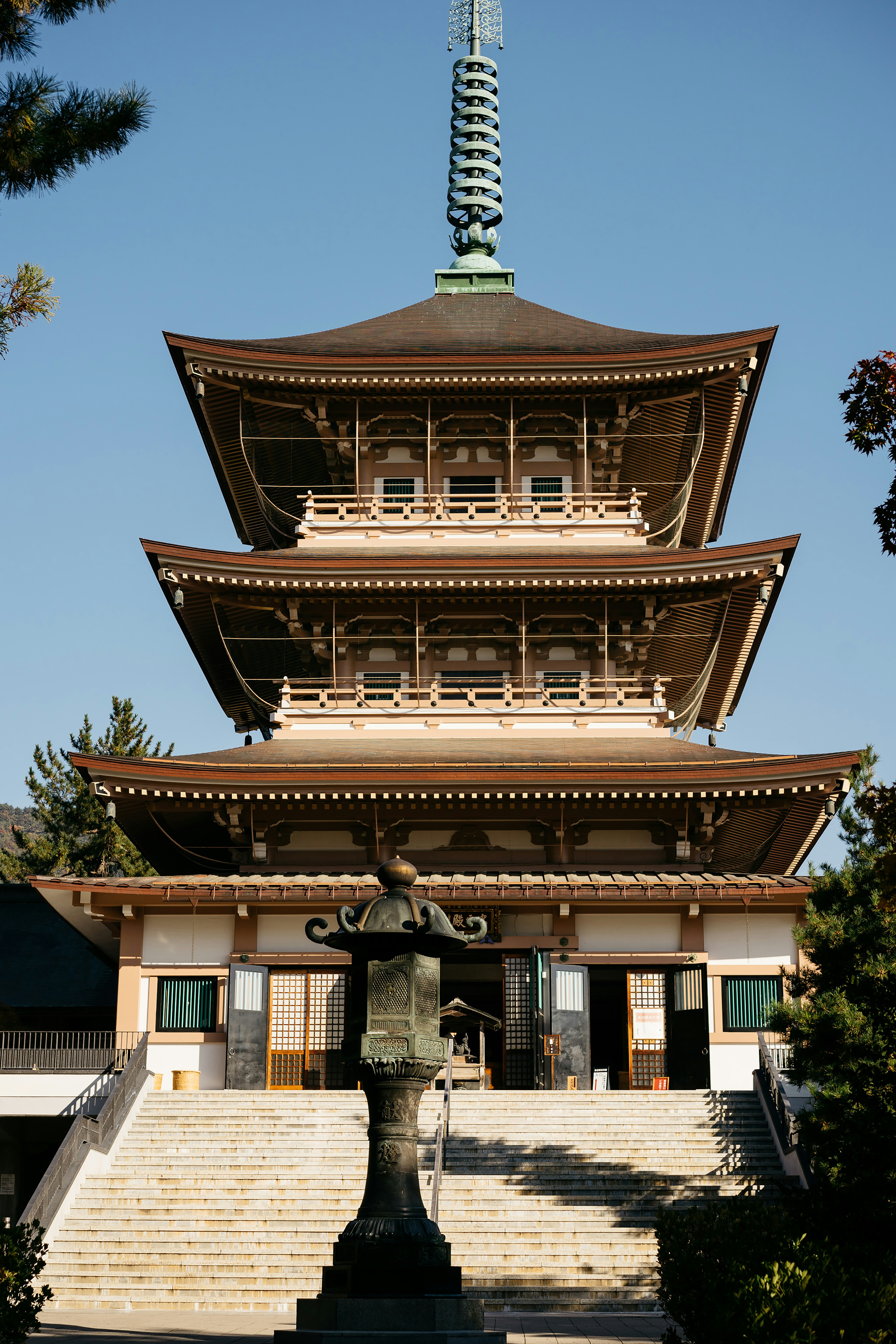.svg)
Akiya and Yokai: The Influence of Spirits on Japanese Homes
.svg)
.svg)
.svg)

Looking to live near a famous temple or shrine in Japan? Discover the best towns with spiritual heritage and affordable akiya—and how Old Houses Japan helps you buy with confidence.


There’s something deeply magical about living near a historic Japanese temple or shrine. The scent of incense in the morning, the distant clang of a bell echoing through the valley, lantern-lit festivals winding past your doorstep—it’s not just real estate, it’s a way of life.
Surprisingly, many of Japan’s most spiritual and iconic places are located in small towns and quiet neighborhoods that are also full of akiya opportunities.
If you’ve ever dreamed of owning a home just steps from sacred grounds, here’s where to start looking—and what you should know before buying an akiya near a temple or shrine.

Living near a shrine or temple offers:
But it’s not just about tourism—it’s about lifestyle. These properties often sit on historic land with strong community ties and spiritual energy that’s hard to put into words.
Home of Koyasan, Japan’s mountaintop monastic capital.
This UNESCO World Heritage Site is known for its ancient cemeteries, spiritual retreats, and shukubo (temple lodging).
💡 Akiya Tip: Look in nearby hamlets just below the mountain for large, traditional homes at reasonable prices.
Famous for the lavish Toshogu Shrine and beautiful mountain setting.
Nikko is a UNESCO site with a mix of tourism and tranquility. While central properties can be pricey, neighboring areas like Imaichi offer affordable akiya options.
💡 Akiya Tip: Target homes along the Tobu Nikko Line for easy shrine access and resale potential.
Near the lesser-known but significant Suitengu Shrine and ancient temple clusters.
Kurume is a small city with big heritage, close to both mountains and rivers. It's full of akiya—some within walking distance of historic shrines.
💡 Akiya Tip: The suburbs and outer districts offer hidden gems with shrine views.
Home of Izumo Taisha—one of Japan’s oldest and most sacred Shinto shrines.
Despite its importance, the area remains calm and modest. You can find traditional akiya homes within a short bike ride of the shrine.
💡 Akiya Tip: Check the old-town area of Hirata and surrounding countryside for kominka with cultural character.
Home to Todai-ji, Kasuga Taisha, and ancient temple gardens.
While Nara Park itself is expensive, nearby neighborhoods like Takabatake, Naramachi, and Yagyu offer traditional homes just outside the tourism bubble.
💡 Akiya Tip: Look for properties just outside preservation districts for more renovation flexibility.
Site of the iconic Byodoin Temple and a major tea-producing region.
Uji is calm, scenic, and filled with riverfront homes and old farmhouses. It’s also just a short train ride to Kyoto.
💡 Akiya Tip: Great for buyers wanting a balance of heritage and convenience.

We assist buyers with:
We’ll help you honor the history—and make it your own.
Owning a home near a famous shrine or temple means waking up to something more than just a view—it’s a feeling, a rhythm, a connection to Japan’s deeper cultural roots.
If you want more than just land and walls—if you want meaning—this is one of the most rewarding ways to live in Japan.
Let Old Houses Japan help you find your home near the sacred.
Start your journey with Luxey today! Sign up for free and get instant access to the best property listings.



